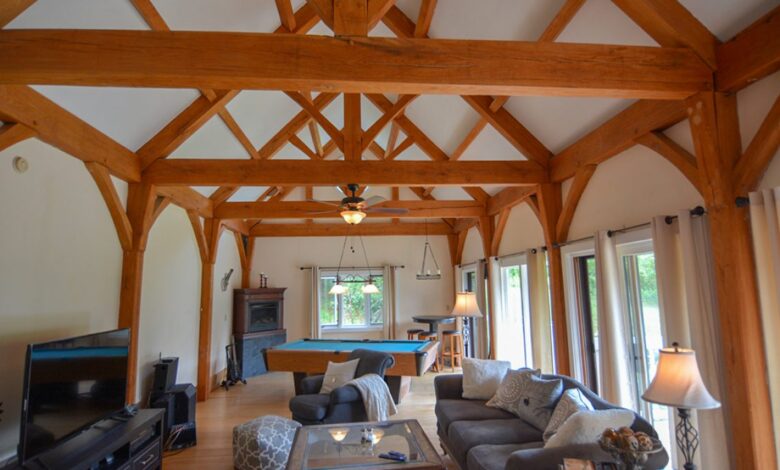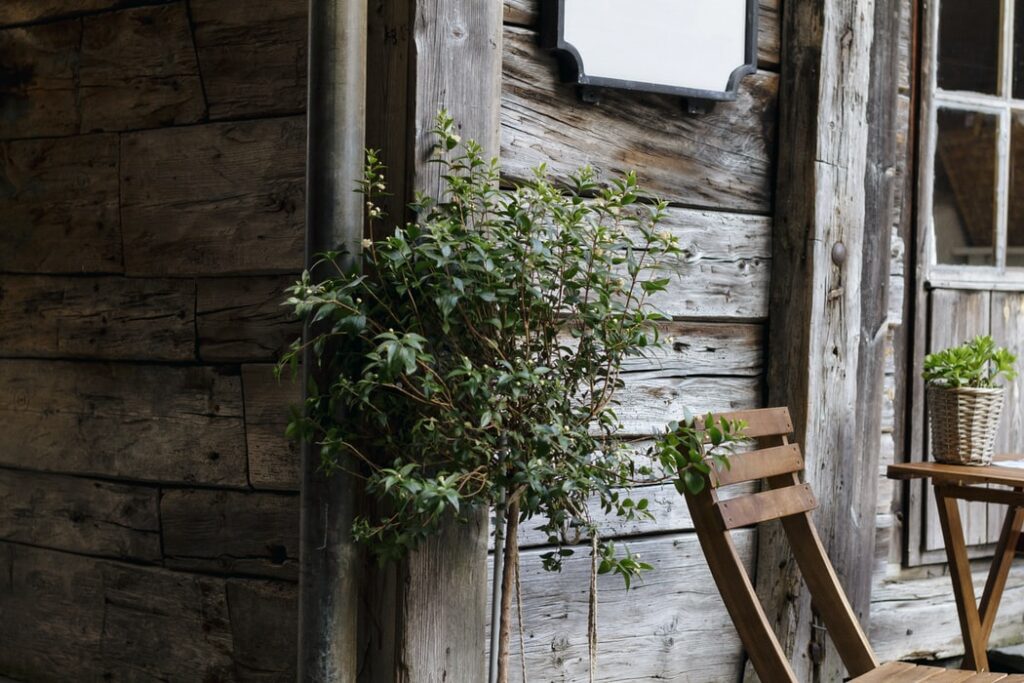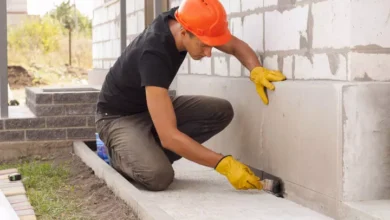How Long Do Post And Beam Homes Last – 2024 Guide

The construction industry is one of the oldest in history and it is easy to understand why. While it was hardly considered an industry in today’s terms, building homes and other structures for all sorts of purposes was prevalent for the survival and advancements of our race. For thousands of years we have been using, changing, and adapting materials from nature in order to build ourselves bigger, better, and more durable homes. However, no matter how many new materials and practices we invent, one thing seems like it will always remain the same.
Using wood to build a home cannot be replicated with anything else. Timber is simply too beautiful and unique for the look and feel it gives to be replicated with stone, marble, composite materials, brick, or metal. A landscape with a picture-perfect post and beam home looks good and right no matter the age in history and no matter what kind of a building it is. If you wanted to know more about post and beam timber homes, you came to the right place. In the article here we are going to talk more about it, particularly about it lifespan in order to determine how long such a home lasts.
In case there is any extra information you want to know regarding post and beam homes, timber as the main construction material, or wood in general, make sure to check out Hamill Creek Timber Homes.
What are Post and Beam Homes?

Post and beam homes, or timber homes, are the same thing with two different names. Both use high quality, strengthened wood as the base of the home. Handling timber is a very difficult job, and timber itself is quite expensive. These combined factors mixed with other aspects of construction mean that a post and beam home is often quite expensive. However, the end product is more beautiful than anything else you can make with other, more common and cheaper materials and practices.
Apart from the vertical posts and horizontal beams, the home also needs special joints and precise cuts in order for the structure to hold. Insulated panels and vented roofs are also a part of the system and the way the timber is positioned is different than other, regular types of wood construction where other material is also used.
Wood is sturdy, it adds value to a home, and it is often left almost fully exposed in the interior so that the people living inside can use it for all sorts of things. Beams and posts often act as supporting elements for design and storage and the furniture inside is usually picked to go along with the shade and the type of timber. It is also much easier to shape and handle when compared to regular walls made of concrete, brick, and mortar.
How Long Do They Last?

On average, homes made mostly out of high quality timber for the frame, foundation and support elements tend to last generations. With proper care and provided that no disasters occur, such homes can easily last for at least 100 years. This means that your family will be safe and sound for multiple generations if you know how to care for the beams and posts, as well as the house as a whole. Of course, different factors and design choices can limit the lifespan of a timber home and shorten it by decades.
If it is not made with distant future in mind but more as a contemporary solution, it will probably last somewhere around 50 to 60 years with regular amount of care and maintenance. The location of the home matters a lot because weather and atmospheric conditions vary in how much they benefit or damage wooden buildings. Humidity and dry areas are the worst things that a wooden home can experience as rotting and fires have the ability to ruin it beyond repair. If you truly want a beautiful structure full of traditional aesthetics and a general feeling of warmth, you must ensure that your home is protected at all times and that regular inspections are being conducted.
Prolonging the Lifespan

Soil erosion, frequent and sudden changes in the amount of snow and rain, as well as prolonged periods of extreme heat are all a potential problem for the overall lifespan of a wooden home. No matter how well it was made and how good the timber is, mother nature can still cut its life short and make your descendants look for alternative housing. To prevent this, especially if you live in such an area where extreme weather conditions and temperatures are common, there are things you can do to protect your home.
First of all, the home should be a simple construction. By this we do not mean small and unexciting, but simple to build. You do not require extravagant elements and complicated design to make your wooden home beautiful. On the contrary, simpler solutions are often the best here. It is always more difficult to look after and maintain complicated construction, which is why your design should not include any element that lacks practical use.
A good way of protecting any building is to plant trees around it. Timber construction is good or insulation both in summer and winter, but nothing beats the help nature can give you. Shade during the scorching summer months can make a huge difference on your electricity bills. Similarly, with enough trees and plants around your home the winds will have a tougher time finding their way into the home and cause you to pay more for heating.
Think about going green and using alternative sources of energy like solar panels. You will also rely less on common installations and suffer less from shortages of both water and electricity if you invest in smart and modern solutions. On the inside, think about how you can protect the walls, floors, and ceilings, and most importantly, the beams and posts themselves. Doing the most will ensure that your home truly achieves the maximum lifespan it is capable of and be around for your grandkids, perhaps even further down the line.



